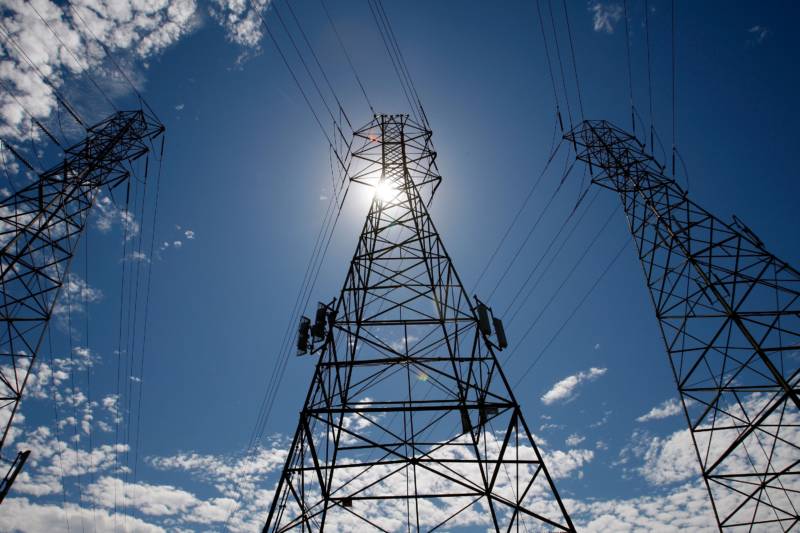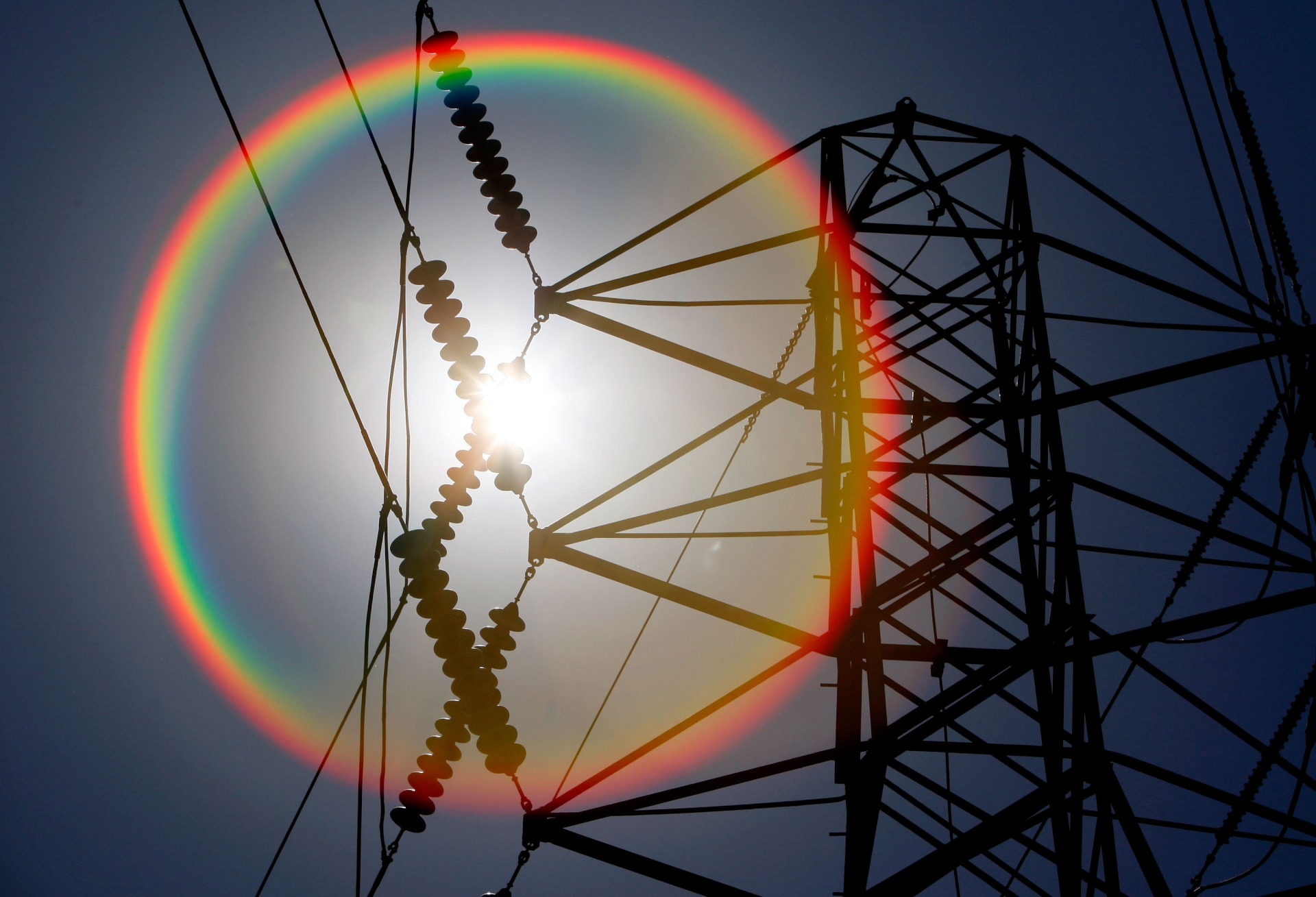The decisions will have far-reaching impacts on California residents, most of whom now face at least the hypothetical possibility of losing power during extreme fire weather and will be asked in future years to foot all or part of the bill for the utilities' safety upgrades.
CPUC President Michael Picker emphasized that the decisions before the commission were just the beginning of a process to deal with increasingly dangerous wildfire conditions, especially in the state's high-threat fire areas.
"Given those changes that we're seeing in weather and changes that we're seeing in fire fuels, nobody who lives in wildfire hazard zones should count on a warning or should count on having reliable electricity," Picker said. "... So these new rules cannot solve all of our problems related to increasingly fierce wildfires, and all of us who live in those areas have to prepare."
Some recent CPUC meetings dealing with the future of PG&E — which has been implicated in starting some of the state's worst fires the past two years and declared bankruptcy in January in response to its looming legal liability for the blazes — have erupted in protest and demands to break up the company.
Not today. In fact, no one in the San Francisco auditorium where Thursday's meeting took place even commented on PG&E's wildfire mitigation plan. The plan, which involves a vast increase in inspections of its lines, poles and other equipment — and an equally sweeping effort to find and remove hazardous trees near power lines — could cost as much as $2.3 billion this year.
The only dissenting comment voiced during the meeting came from a series of disability rights advocates who criticized the power shutoff decision for failing to adequately account for the hardships the loss of electricity will impose on vulnerable populations. The biggest worry involves the shutdown of medical equipment, like respirators or dialysis machines, if power is cut off.


